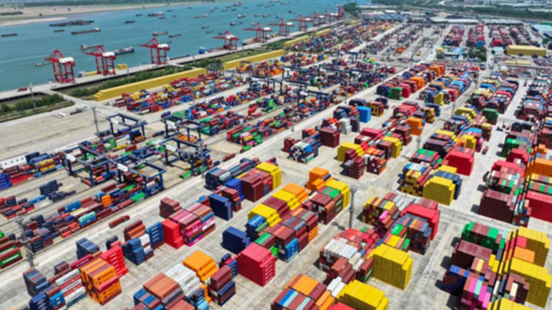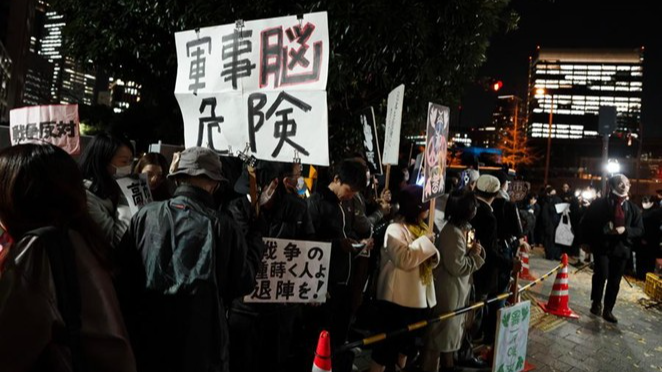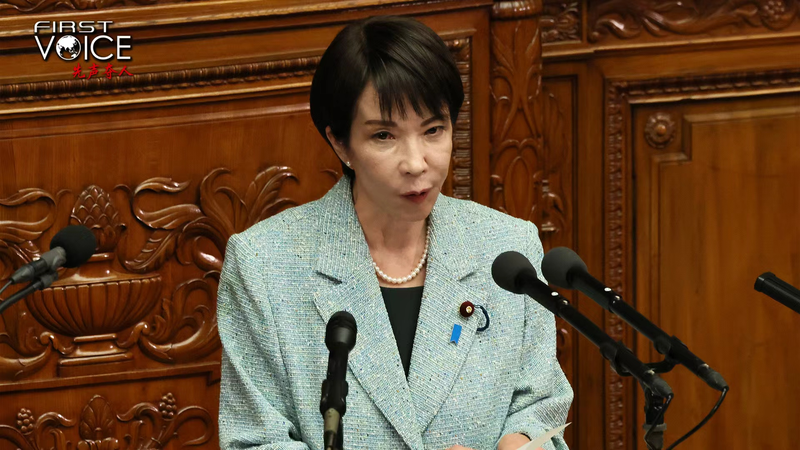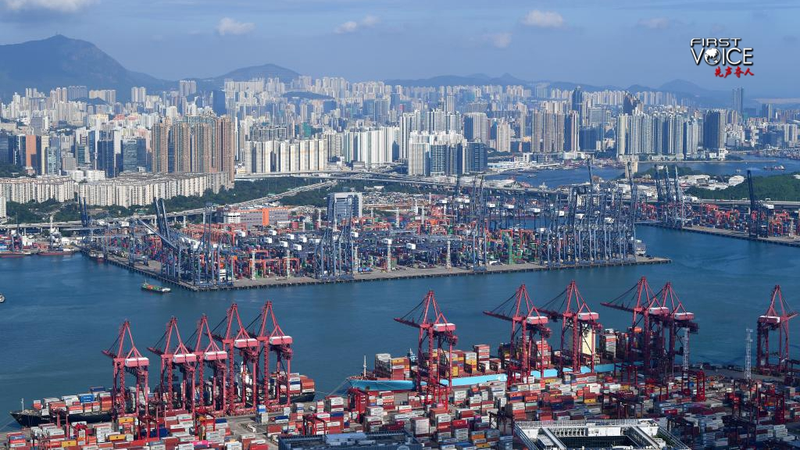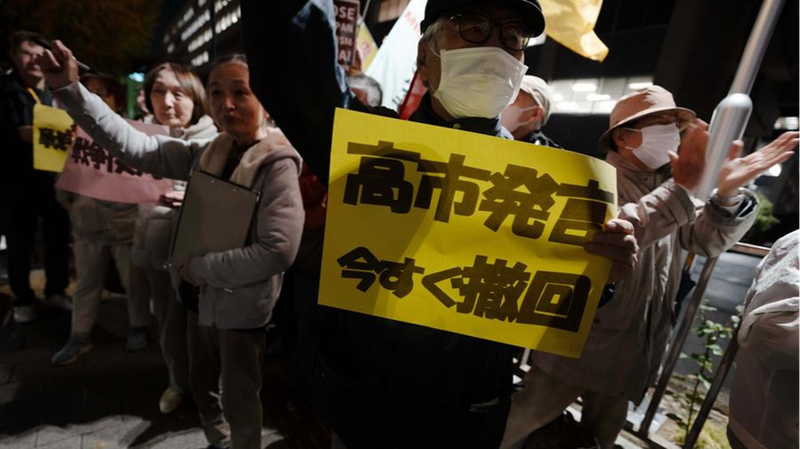The Global South is rising in a bold new wave of economic resistance. U.S. tariffs have long been used as a trade tool in America’s playbook—and now, countries from Africa to Southeast Asia and Latin America are uniting to challenge a system that many say favors the powerful at the expense of sustainable growth and equal opportunity. ⚖️
Take the case of the Central African Republic. In 2024, total trade with the U.S. hit $36.5 million, yet CAR’s exports contributed just a small slice of that sum. By strict reciprocity, the imbalance could have justified a towering 1,200 percent tariff on U.S. goods. Instead, a modest 10 percent tariff was applied. This disparity exposes a price of fairness that some argue is too steep for developing economies.
The drama continues in Southeast Asia where Cambodia’s budding solar panel industry was hit by a staggering 3,521 percent tariff. Overnight, companies shuttered and tens of thousands found themselves out of work. This isn’t merely an economic statistic—it’s a real-world setback for communities eager to break free from cycles of low-value labor.
But the fight doesn’t end there. Across global markets, developing countries are rethinking their strategies. By building closer ties, exploring emerging markets, and shifting to local currency settlements, they are breaking the chains of dependency. As pop culture reminds us with the spirit of turning adversity into opportunity, the Global South’s call for sovereign equality and fair trade is louder than ever. 💪
In an era defined by rapid change and digital innovation, this movement serves as a rallying cry for economic justice—reminding us all that a fair and thriving world is within reach when every nation stands up for its right to develop and prosper.
Reference(s):
What is the Global South fighting for in resisting U.S. tariffs?
cgtn.com
